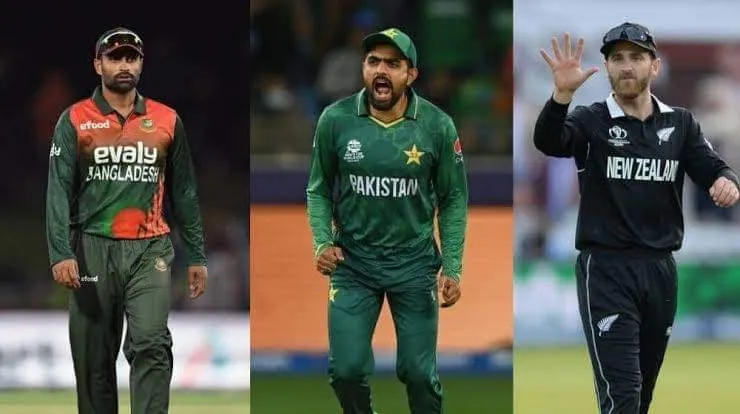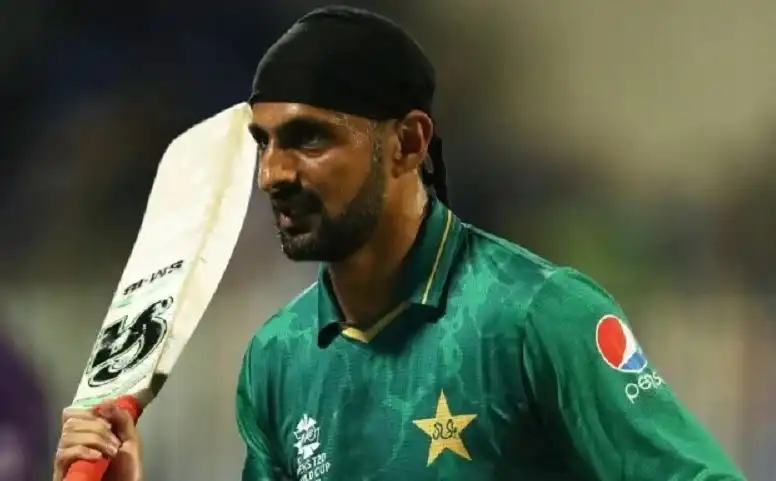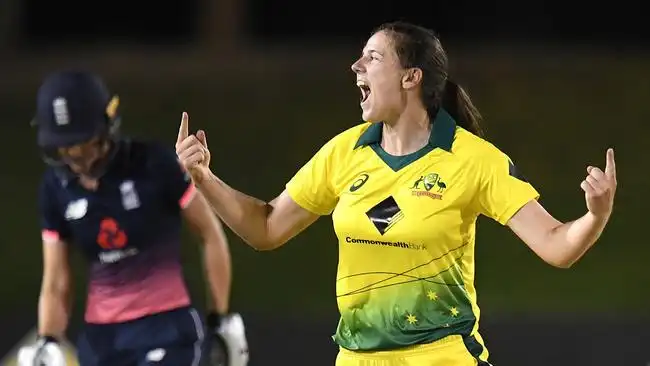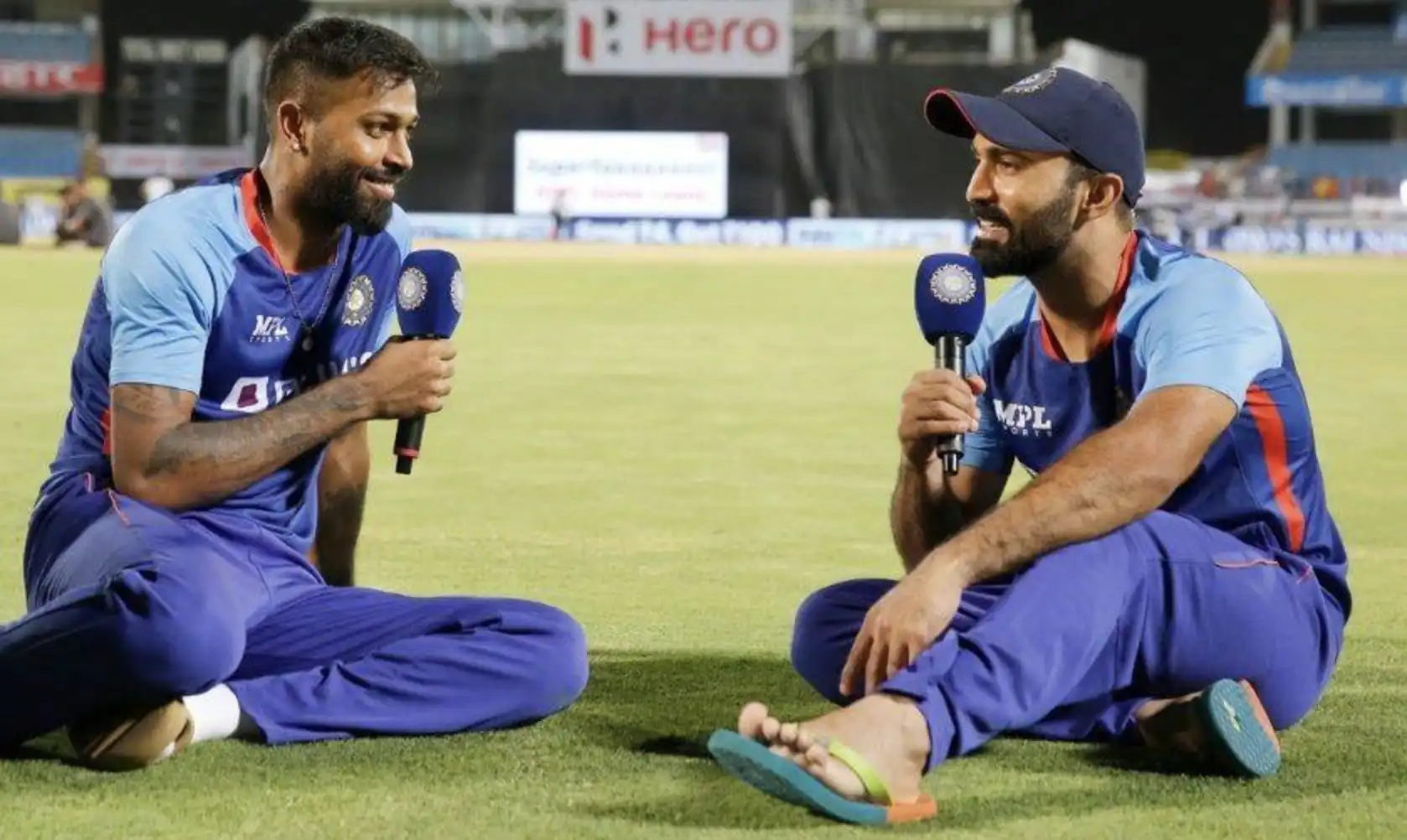 Pakistan, Bangladesh and New Zealand are set to participate in a Tri-Nation series
Pakistan, Bangladesh and New Zealand are set to participate in a Tri-Nation series
Tri-Nation contests enthralled cricketing audiences for a good part of three decades. However, the term itself has now become a mere myth, lost in a T20 world of slam-bang entertainment.
A cricketing purist would identify the concept as an annual competition once played across the grassy banks of Australia during the height of their home summers.
Scenic January Australian evenings, coupled with three nations competing for a yearly title, surely made some picturesque sightings for cricket-hungry spectators and television viewers.
One could also remember UAE’s Sharjah, as they served as one of the hubs of competitive tri-series and quadrangular challenges during the 80s and 90s.
Cricketing powerhouse India is no stranger to hosting a three-team race either, as the richest cricket board in the world often invited teams and staged around the competition in doses.
Although the last of a three-team ODI event in India took place in 2003, with antipodean nations Australia and New Zealand serving as the other competitors.
How Tri-series captivated the masses, evolved ODIs?
 Kerry Packer as he announced World Series Cricket
Kerry Packer as he announced World Series Cricket
In the late-70s, Australian tycoon Kerry Packer decided to exploit the untapped potential of ODI cricket. He introduced the annual Australian tri-series event to the world, a three-team tournament featuring hosts Australia.
A prototype was tested out in the 1979-80 summer, with West Indies and Ashes rivals England constituting the trio of competitors. The format became an instant crowd-puller, witnessing fans attending the venues by the scores to welcome a paradigm shift of ODIs.
Soon, other countries adopted the approach and the format itself became a cogent part of ODI folklore.
But what made the tri-series so captivating? What made it reach the masses?
The answer is simple.
Watching three nations compete for a single title added extra layers of competitiveness to ODI cricket, something which bilateral contests never did.
If one team dominates the initial matches of a bilateral series, then the relevance of remaining matches becomes futile to some extent.
Tri-series, on the other hand, keeps the audiences glued until the final.
Moreover, the permutations and combinations involved in the lead-up to the title clash also tends to be more riveting than a bilateral tour.
Not to mention, it presents an excuse to host more ODIs, more competitiveness, which in return injects higher TRPs for the cricketing boards.
Tri-series: A need to return as it faces its existential crisis
While tri-series are still part of Associate nations and their cricketing calendar, it needs to return among full-member nations.
Around 28 three-team competitions were hosted for 28 consecutive summers in Australia, all between its inception in 1979 till a temporary stoppage in 2008. Thereafter, the only two tri-nation ODI tussles staged Down Under were played out in 2012 and 2015.
With tri-series’ biggest exponent themselves giving up on the format in 2015, the concept of three countries competing in a single series is facing existential crisis today.
Reasons are aplenty.
The International Cricket Council (ICC) and its full-member nations are already juggling a tight schedule.
T20 domestic leagues are on the rise while the apex body is hell-bent on staging at least one ICC event a year.
 The incredibly prestigious Indian Premier League
The incredibly prestigious Indian Premier League
Moreover, countries are lined-up for eponymous Test titles and multiple bilateral white-ball commitments.
Add to that, souring political ties between certain countries keeps them off playing each other.
Amidst a packed calendar, boards like the BCCI, ECB and Cricket Australia just cannot seem to fit in another competition.
As fans continue to starve for some mouth-watering multiple-nation ODI action, boards and the apex body must find a way to fit at least one tri-series a year.
While World Cups have already triumphed and charmed their way to audience' heart, a tri-nation ODI tournament is certainly a definite way to regenerate fans’ interest outside of the ICC events.
This fan would certainly love a revival of three-team ODI wars amidst rising T20 content. Afterall, ODIs are the lifeblood of white-ball cricket.
Also Read: ICC announce Men's and Women's nominees for July POTM




